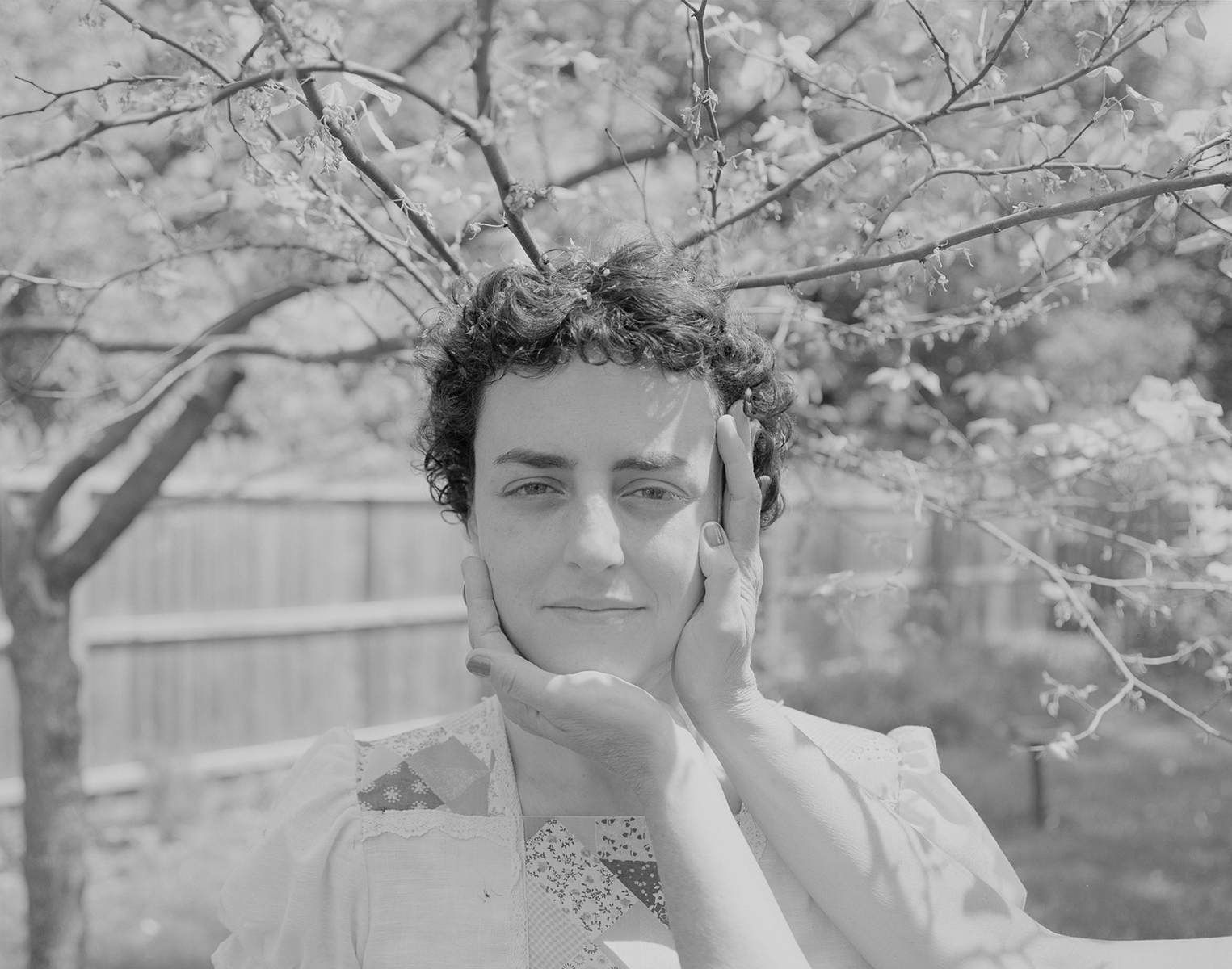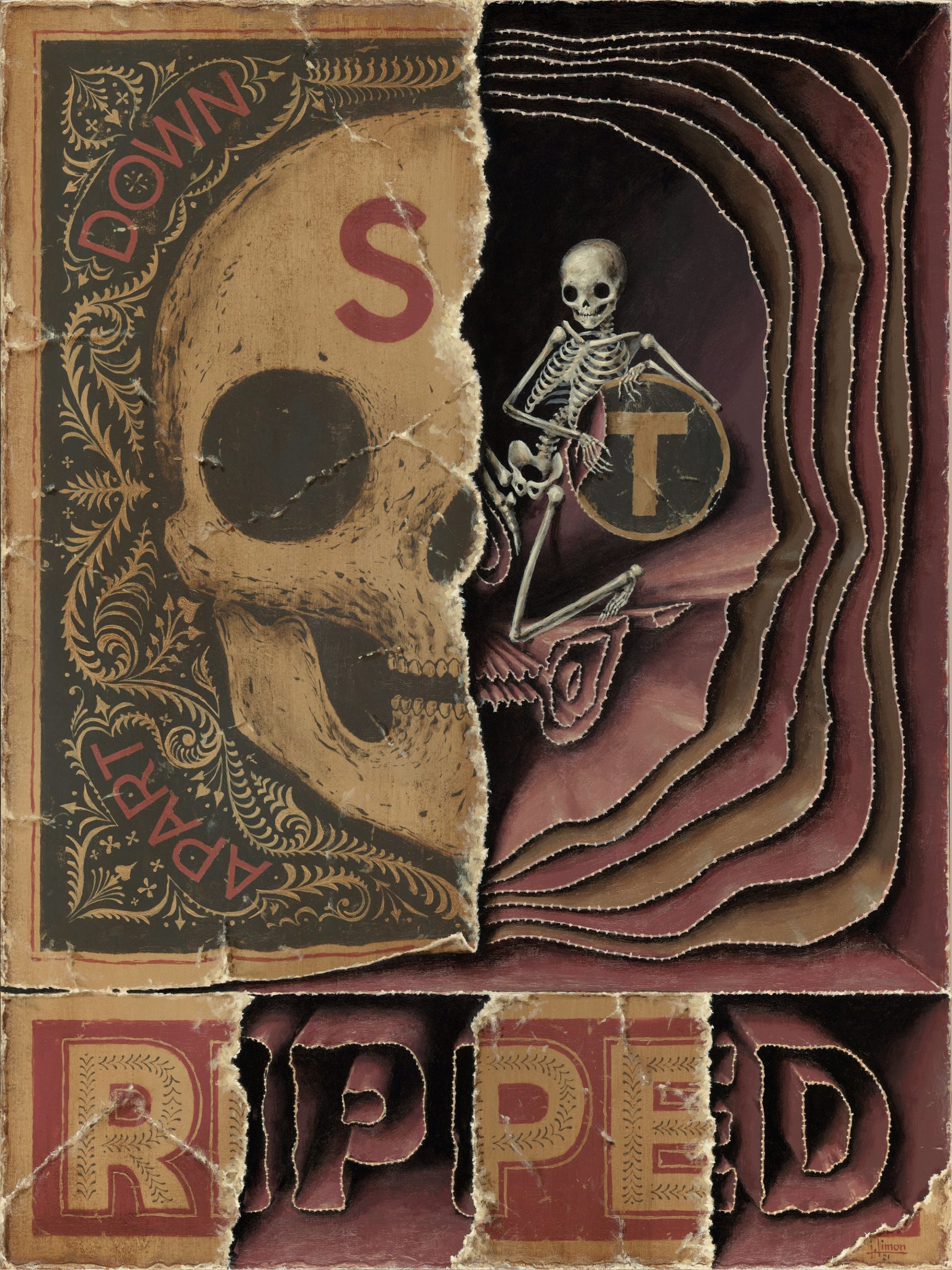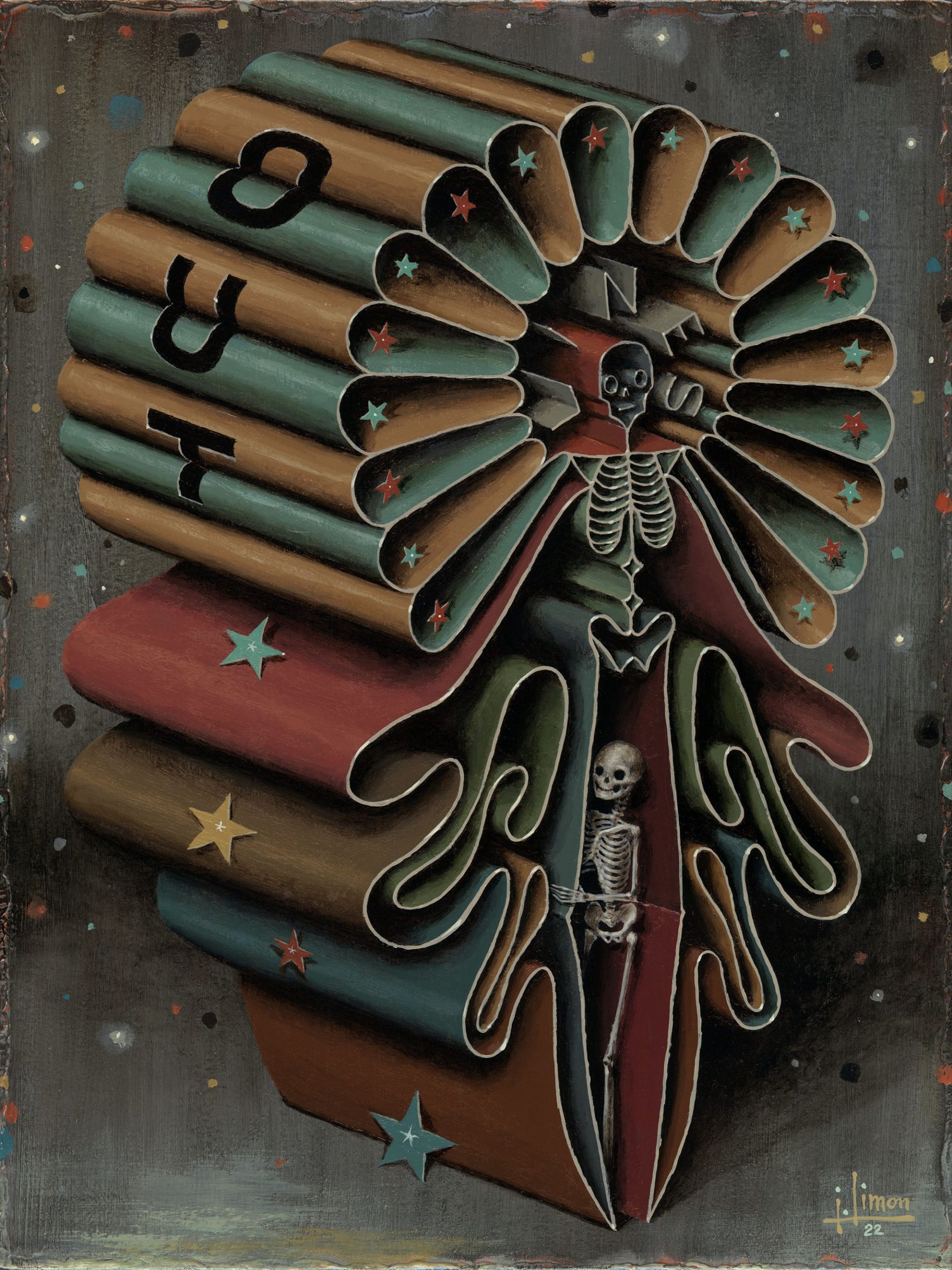Dust from all over the world is landing in the Sierra Nevada mountains carrying microbes that are toxic to both plants and humans.
Source: Drought increases microbe-laden dust landing in Sierras
Dust from all over the world is landing in the Sierra Nevada mountains carrying microbes that are toxic to both plants and humans.
Source: Drought increases microbe-laden dust landing in Sierras

A series about mothers by Massachusetts-born, New York-based photographer Rosemary Haynes. Drawn to the way photographs entangle the personal archive and the “present moment,” Haynes creates images that explore ideas of lore and memory. In this particular project, Haynes takes on the theme of family, coming-of-age, and missing our mothers. As she states, it’s a project about how social reproductive labor is nothing without birth, and how birth leads to death, sometimes more quickly than other times:
“This series can be described as a ballad which my late stepmother, Heather, didn’t have the chance to finish. A storybook for my brother, of the mother he longs to know. A family album for us all, where our present can find abundance with the past. Arnica explores notions of maternal labor and care, the imperfections in showing up, and a family motto, never don’t swim. Submerged in the security and uncertainty of water, much like a womb.”
See more images from “Arnica” below.
Researchers have developed a small, soft, flexible implant that relieves pain on demand and without the use of drugs. The first-of-its-kind device could provide a much-needed alternative to opioids and other highly addictive medications. It works by softly wrapping around nerves to deliver precise, targeted cooling, which numbs nerves and blocks pain signals to the brain. After the device is no longer needed, it naturally absorbs into the body — bypassing the need for surgical extraction.
Like other large, mobile joints, the hip is more prone to overuse, injury, & other ailments, like hip bursitis. Find out more on the article!
Source: Hip Trochanteric Bursitis – A Runner’s Approach | Runnerclick
This is what I’ve got, with no MM involvement. It’s painful but getting better by itself, more or less. Need to be doing exercises for that hip, and a less inflammatory diet. ie. cut out sugar and carbs mostly. Which I should be doing anyways. I think it comes from the way I walk on that leg, because the knee isn’t quite right, and when I use the cane I actually put a lot of weight in that side.
Down with the gratitude-bloat of authors’ endless lists of acknowledgements…
Source: Dedication’s what you need | John Self | The Critic Magazine
I think the key to Scully’s art are the 13 etchings he made to accompany James Joyce’s Pomes Penyeach, 1993 and his 10 Etchings for Frederico Garcia Lorca, 2003, along with Samuel Beckett’s Waiting for Godot, which, as Scully said, “made a lasting impression on him.” Joyce and Beckett are Irish, as Scully is, and Lorca was Spanish. The homosexual and republican Lorca was a misfit in Franco’s fascist Spain; he was murdered by it. Joyce and Beckett were alienated from Irish society; Scully was what might be called a natural born alien and outsider in it because he was an Irish Traveler, “a traditionally peripatetic ethno-cultural group originating in Ireland,” sometimes mistaken for or confused with Gypsies, “generally found in Eastern Europe.” They are two distinct cultures and societies, with different languages. In 2011 there were around 29,500 Irish Travelers in the Irish Republic, and they are generally regarded as inferior whites, as the scholar Michal Wolniak notes, and as such marginalized, and perceived as “mad, primitive others,” as he writes. Sean Scully, born in Dublin, Ireland in 1945 to working class Irish Traveler family, could not help but have an inferiority complex.
I celebrate the wins. I know the darkness in this world, so do you. It can drag us down. And when I post, positive messaging is key for me. To share light and love and to look at the world as vibrant and colourful as it can be….It’s reflected in my textiles, to uplift narratives often tethered to dark undertones, with the gift of bright hues. I’m not asking anyone to “smile”, because life will hurt. But hold onto your light… keep grasp of your love.

“Atlantis: Model 1924” belongs among the most important fiction in Samuel R. Delany’s vast bibliography, precisely because it distills so much of what makes this black, gay Harlemite science fiction writer such a unique figure in American letters—including his family’s history, his thinking on race, sexuality, and gender, his artistic methods as a writer, and his creative approach to literary criticism. “Atlantis: Model 1924” follows the life of a 17-year-old black kid named Sam on his journey from North Carolina to Harlem in the fall of 1923. The character is based on the author’s father, and the storyline is based on Delany’s family history. Two of the fictional Sam’s siblings — Elsie and Corey in the novella — are based upon the famous Delany sisters, Sarah (Sadie) Delany and A. Elizabeth (Bessie) Delany, who became internationally known centenarians with their bestselling book Having Our Say: The Delany Sisters’ First 100 Years (1993).




San Antonio-based artist Jason Limon (previously) conjures paper sculptures of 18th Century-style gowns, organs, and hollowed skulls with acrylic paint. The uncanny structures trap his recurring skeletal characters in cramped boxes and funhouse-esque constructions, where they attempt to disentangle themselves from their surroundings. Rendered in muted pigments, or what the artist calls “repressed tones,” the paintings utilize the anonymity and ubiquity of the bony figures to invoke emotional narratives. Limon explains: